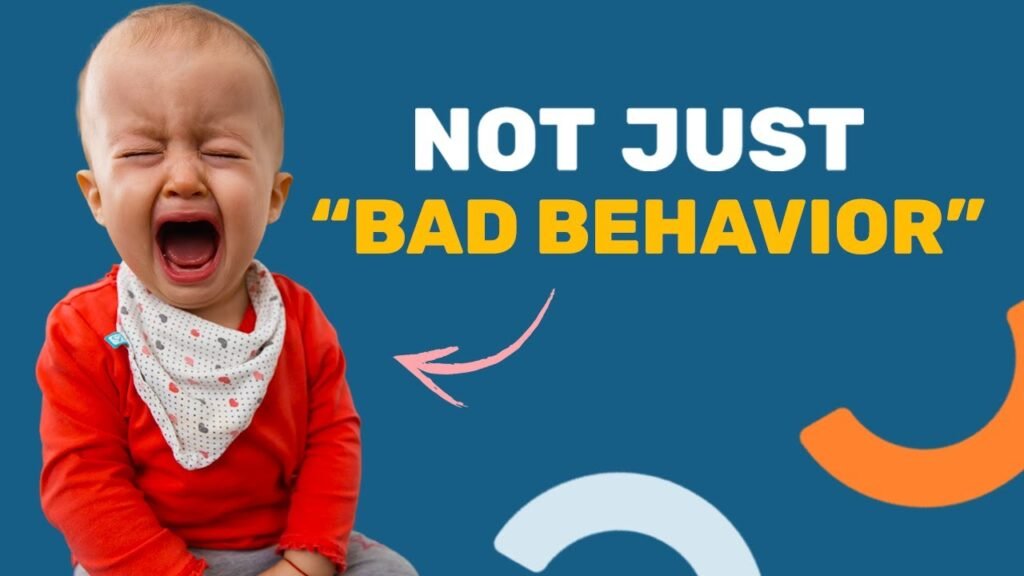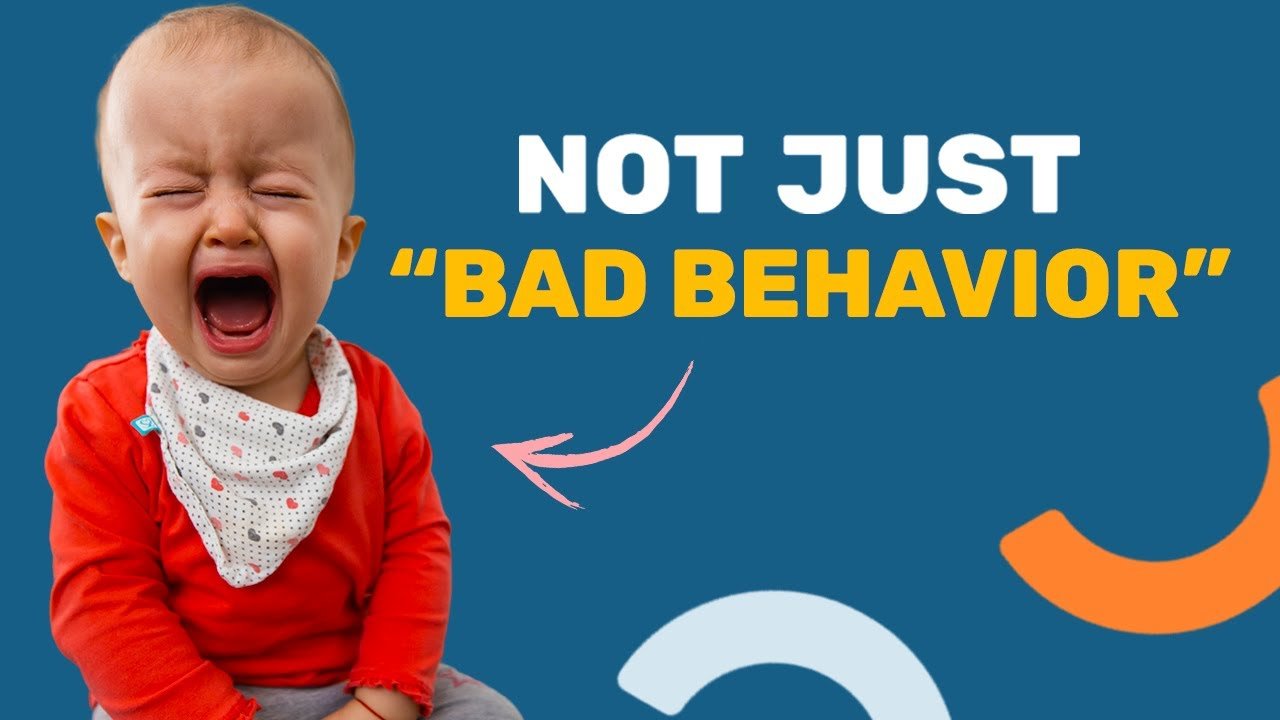Language delays in toddlers can have significant impacts on their development and behavior. Addressing these delays early is crucial for effective intervention and treatment. As a parent, you play a vital role in identifying the early signs of language delays in your child. It is recommended to seek further assessment from a medical professional if you notice any of these signs, such as a preference for gestures over words, difficulty following directions, or difficulty being understood by others. The article also highlights the importance of proactive steps and provides a free communication milestone chart for download.
The Importance of Addressing Language Delays
Addressing language delays in toddlers is crucial for early intervention and treatment. The earlier a delay is identified and addressed, the shorter and less intensive the treatment that is required. As a parent, you spend the most time with your child, which puts you in the best position to identify potential early signs of language delays.
Parental involvement in identifying these signs is essential. While the presence of these signs does not necessarily indicate a delay, they are indicators that you should seek further assessment. This usually starts with a hearing assessment and consultation with a Speech Pathologist.
Language delays can also lead to behavioral issues in toddlers. When a child has difficulty communicating effectively using words, they may resort to hitting, biting, and tantrums as a means of expressing their frustration. This is another reason why it’s important to identify and address language delays early.
The Connection Between Language Delays and Behavioral Issues
Language delays can potentially cause or contribute to behavioral issues in children. When a child is unable to effectively communicate their wants and needs through words, they can become frustrated and express that frustration through socially unacceptable behaviors.
If a child is not able to catch up on their language skills without extra help, it is important to be proactive and seek intervention as soon as possible. The earlier therapy can begin, the easier it is to resolve the delay and prevent further behavioral issues.

Identifying Signs of Language Delay
It is recommended to seek further assessment from a medical professional if any signs of language delays are present. There are five key signs of language delay in two-year-olds to look out for:
-
Preference for gestures over words: While it is common for toddlers to use gestures, such as clapping their hands or waving, alongside words, a preference for using gestures alone instead of pairing them with words could indicate a language delay.
-
Inability to say spontaneous words: By the age of two, children should be able to say 50 or more words spontaneously, without needing to copy others. If a child consistently relies on copying speech or actions and does not produce words spontaneously, it may be a sign of a language delay.
-
Difficulty following directions: At 18 months of age, toddlers should be able to follow a simple one-step direction without needing any gestures from an adult. By two years of age, they should also be able to follow simple two-step instructions. Difficulty in following directions at these ages could indicate a language delay.
-
Inability to identify and point out common words: By two years of age, children should be able to recognize common words and point them out when asked. They should also be able to tell what an item is when asked. If a child struggles with identifying and pointing out common words, it may suggest a language delay.
-
Difficulty being understood by others: At the age of two, parents and regular caregivers should understand approximately 50% of a child’s speech. If a child’s speech is difficult for others to understand, it could be a sign of a language delay.
If any of these signs are present and cause concern, it is advisable to seek assessment from a speech and language pathologist.
Tools for Assessment and Intervention
To assist in identifying and addressing language delays, there are several tools available:
-
Free communication milestone chart: A free communication milestone chart can provide guidance on what children should be able to understand and say at different ages. It can help track their development and indicate if further assessment is necessary.
-
Importance of hearing assessment: Before assuming a child has a language delay, it is important to ensure there are no underlying hearing issues. A hearing assessment can rule out hearing loss as the cause of the delay.
-
Seeking help from a speech and language pathologist: A speech and language pathologist specializes in assessing and treating communication disorders. They can provide a thorough assessment and personalized intervention plan for children with language delays.
Proactive Steps to Teach Toddlers to Talk
In addition to seeking professional help, there are proactive steps parents can take to help teach toddlers to talk. These steps include:
-
Creating a language-rich environment: Surrounding children with language by talking to them, reading books, and singing songs can encourage language development.
-
Engaging in interactive activities: Playing games, engaging in conversations, and encouraging turn-taking can help children develop their language skills.
-
Using visual aids and assistive technology: Visual aids, such as pictures and flashcards, can support language development. Assistive technology, like speech-generating devices or communication apps, can also be beneficial.
-
Encouraging language development through play: Providing opportunities for children to engage in pretend play and use language in various contexts can enhance their communication skills.
By implementing these proactive steps, parents can support their child’s language development and help them overcome language delays.
Conclusion
Addressing language delays in toddlers is crucial for early intervention and treatment. Parents play a vital role in identifying early signs of language delays and seeking further assessment. Language delays can lead to behavioral issues, emphasizing the need for early intervention. By identifying signs of language delay, utilizing assessment tools, and taking proactive steps to teach toddlers to talk, parents can support their child’s language development and ensure they receive the necessary help. Remember, if you have any concerns or doubts, always seek guidance from a medical professional.

